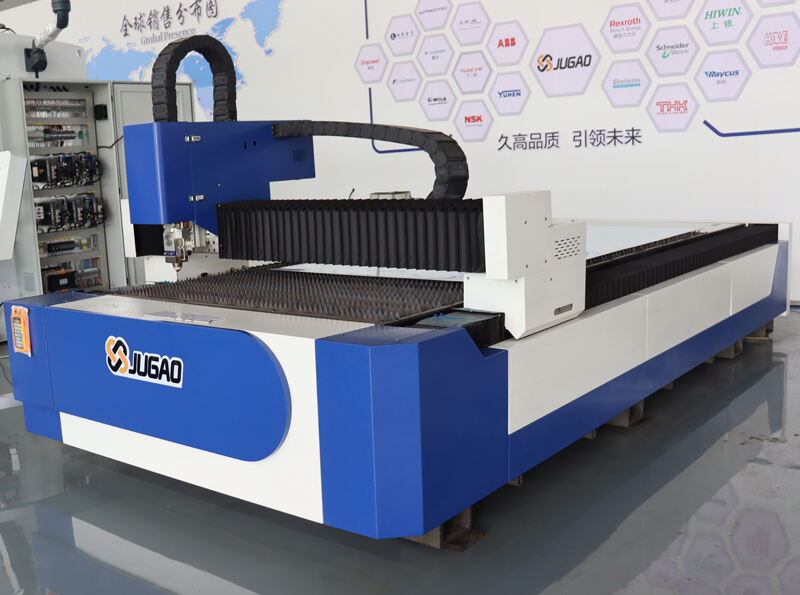Laser cutting is a method that uses a strong laser to cut materials such as stainless steel. This process is so precise it’s used in numerous industries. But when we are cutting stainless steel, we have to be cautious of some things before we can achieve the best cuts. While at it, let’s explore some significant aspects of laser cutting machine which makes the processing of stainless steel that much better.
How The Power Of Laser Affects Cutting Stainless Steel?
An essential laser cutting parameter is the laser power. This is the strength of the laser beam. The power determines how quick and how cleanly it can cut through the material. What is equally important is ensuring that you have the right level of power to ensure that the cut is clean and smooth. If the power is too low the cutter will be slow and not so great. But if the power is too strong, it can cause the material to melt or deform. Identifying the right laser power allows us to cut more quickly and to cut better.
Cutting speed and assist gas pressure are intertwined
In addition to laser power, we have to consider cutting speed and assist gas pressure. Laser Technology speed refers to how quickly the material is moved under the laser. Assist gas pressure helps blast melted metal and debris from the path of the laser. You have to find the Goldilocks sweet spot (between cutting speed and assist gas pressure) to get clean cuts. There are parts we can adjust to help prevent such issues as rough edges, and so we are able to make a cleaner cut.
Why Beam Focus and Quality are Important?
Yet another factor in stainless cutting is beam quality and focus. It’s also a matter of how good the laser is at actually cutting the material. It is the attention on just how little the cutting point is. We use a good quality beam, focused properly, to cut nice clean lines. If our cnc laser cutting machine is bad or unfocused, we may get rough edges and poor cuts. This is how we get the cuts we want; ensuring the beam is high quality and tight.
Effect of the nozzle diameter on the quality of the cut
The diameter of your nozzle is another consideration that may determine how good the edges of stainless steel workpieces will turn out. The narrower the nozzle, the thinner the cut. A smaller nozzle will result in a finer cut, with a smoother edge, while a larger nozzle will make a wider cut and a more coarse edge. Selecting proper nozzle sizes for cutting can improve the quality of cut edges. This is critical to ensure the final product looks great and complies with required standards.



















































